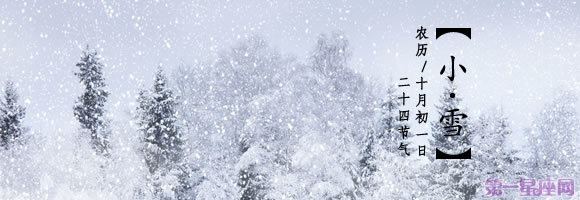15° Qingming | ||
 | ||
The traditional East Asian calendars divide a year into 24 solar terms (節氣). Xiǎoxuě, Shōsetsu, Soseol, or Tiểu tuyết(Chinese and Japanese: 小雪; pinyin: xiǎoxuě; rōmaji: shōsetsu; Korean: 소설; romaja: soseol; Vietnamese: tiểu tuyết; literally: "minor snow") is the 20th solar term. It begins when the Sun reaches the celestial longitude of 240° and ends when it reaches the longitude of 255°. It more often refers in particular to the day when the Sun is exactly at the celestial longitude of 240°. In the Gregorian calendar, it usually begins around 22 November and ends around 7 December.
Pentads
References
Xiaoxue Wikipedia(Text) CC BY-SA
